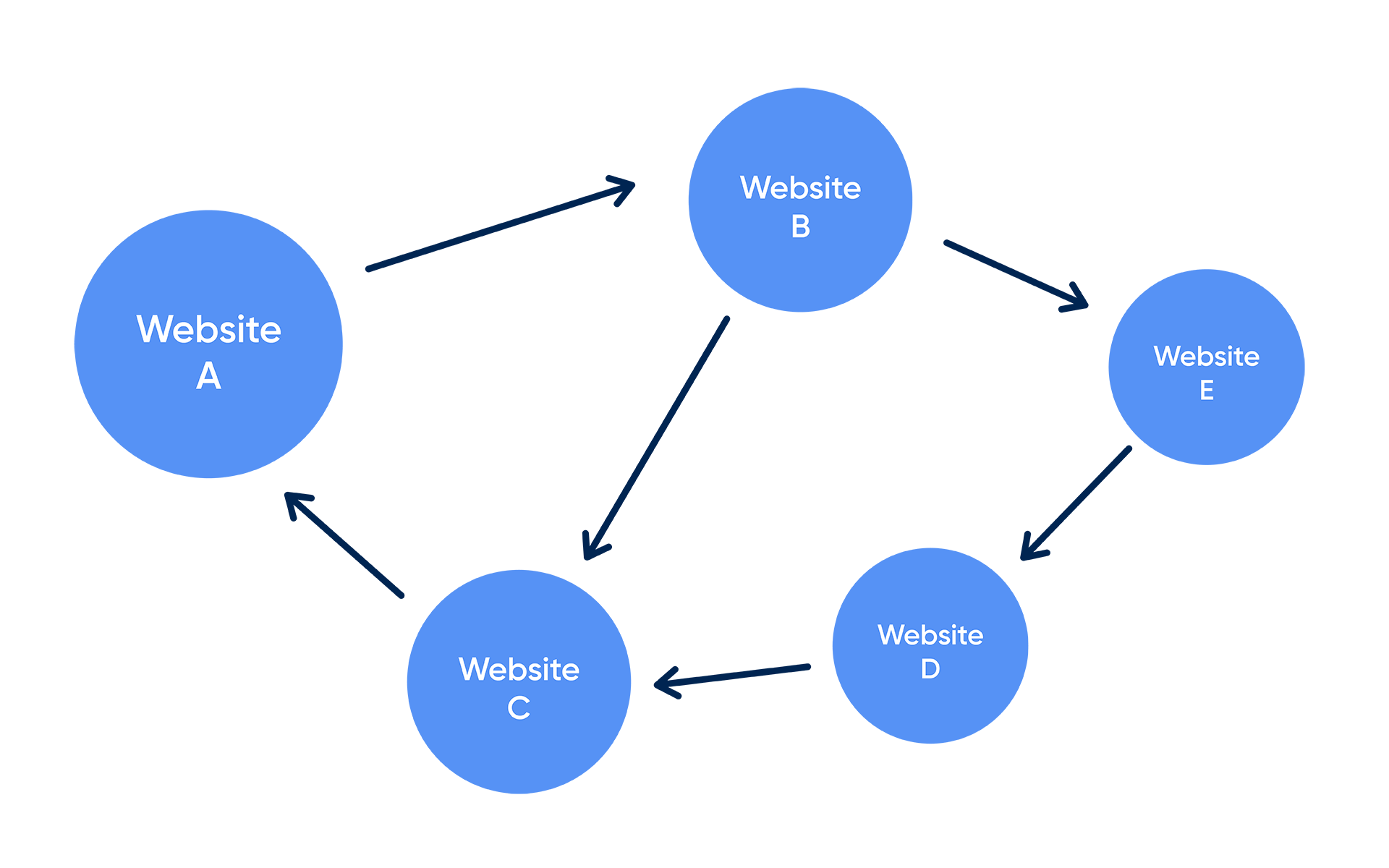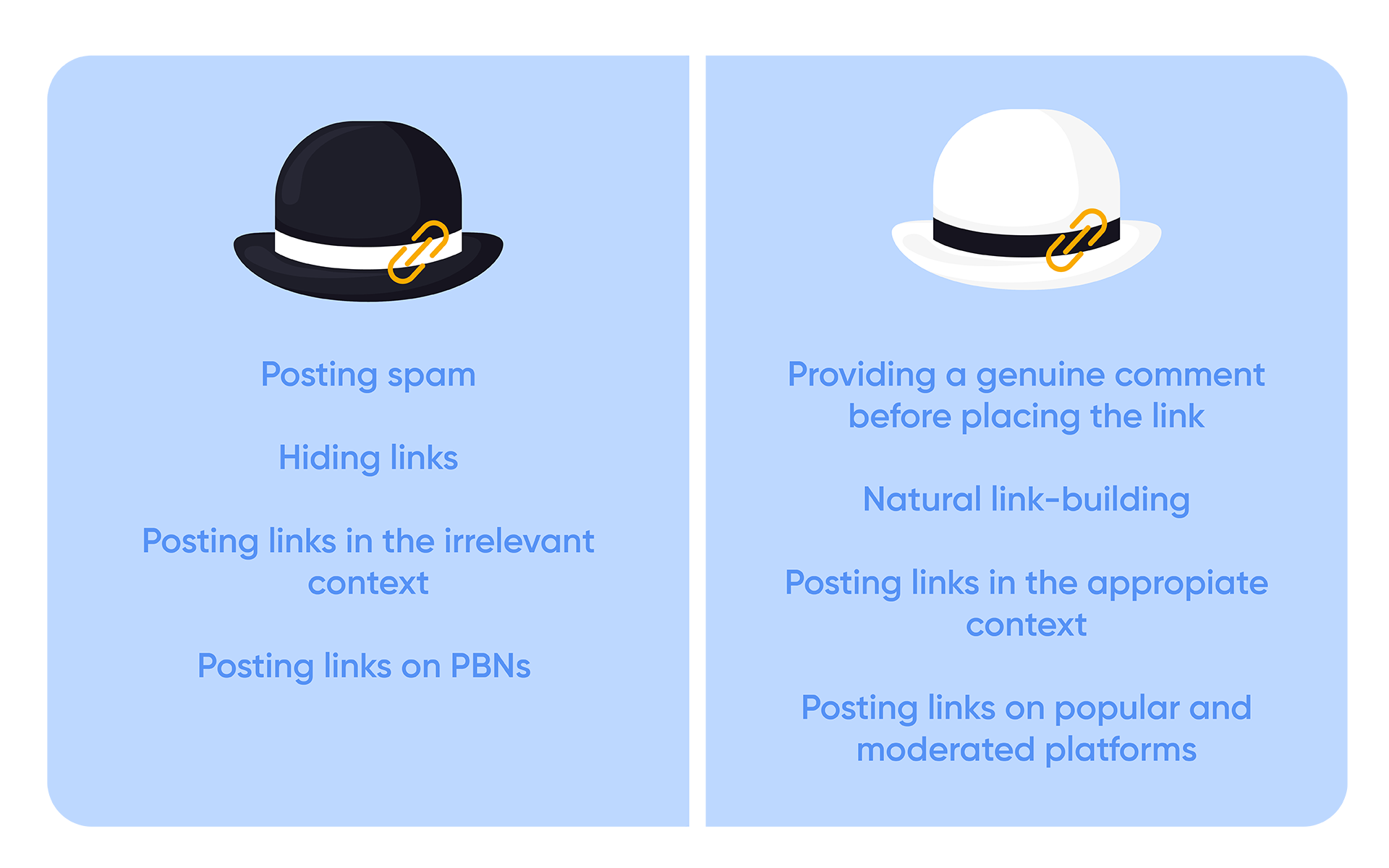Understanding SEO Basics, Part 4: Off-page Optimization and Building High-Quality Backlinks
Are you ready to enhance your SEO skills with part 4 of our series? In this article, we will focus on off-page optimization strategies for acquiring backlinks.

These strategies are essential to further enhance your website's visibility and rankings. Before we begin, let's recap the insights we have gained from our previous articles.
In Part 1, we introduced key SEO concepts. In Part 2, our focus shifted to finding the right keywords for your content. Additionally, in Part 3, we delved into on-page optimization techniques.
Let's delve into off-page optimization strategies and build high-quality backlinks.
Table of Contents:
Overview of Off-page Optimization and Link Building
White Hat vs. Black Hat Link Building Techniques
Effective “White Hat” Link-Building Strategies that Work
1. Create Compelling Content
2. Analyze the Quality of Potential Backlinks
3. Guest Blogging, Content Syndication, Influencer Outreach, and Broken link Opportunities
4. Clean up Spammy Backlinks
Conclusion and Future Topics
Overview of Off-page Optimization and Link Building

Website owners improve search engine rankings through off-page optimization actions beyond their websites. The primary goal is to attract high-quality backlinks to the site.
To clarify, a backlink refers to other websites linking to your own. In the previous sentence, I linked to semrush.com using the text "backlink."
By including this link, our website, eway-crm.com, provides a backlink to semrush.com. Consequently, this benefits semrush.com by signaling our trust in it as an authoritative source for the referenced information - "backlinks."
White Hat vs. Black Hat Link Building Techniques

Before we delve into effective link-building strategies, it's important to understand that there are acceptable and non-acceptable methods for building links.
In general, Google discourages link-building practices and promotes organic link-building instead. We will explore organic link-building further in the upcoming section.
However, it's crucial to note that there are methods for attracting links to your content that do not violate Google's policies. These methods are known as "white hat" techniques.
Conversely, some methods have been identified as violations of Google's policies, referred to as "black hat" techniques.
Avoid black hat methods to prevent search engine penalties or downgrades to your site.
Effective “White Hat” Link-Building Strategies that Work
Want to attract high-quality links to your site? Follow these four steps:
1. Create Compelling Content
As mentioned earlier, search engines, including Google, prefer content that naturally attracts links.
To discover the techniques for crafting high-quality content that draws organic backlinks, revisit Part 3 of this series: On-page Optimization Techniques.
2. Analyze the Quality of Potential Backlinks
After you’ve written user-focused content, you may want to engage in white hat link building. The first step in that process is to determine potential sites that will benefit your site so you can conduct a link building outreach to engage with these sites and get authoritative links from them.

Determine potential high-quality backlink sites step by step:
a) Check the site's domain authority: Use Semrush's, Ahrefs', or Moz's domain authority (DA) checker. Each checker has its scoring system, ranging from 0 to 100 (higher is better). Remember that higher authority sites provide greater benefits to your site when obtaining backlinks.
b) Evaluate the page authority: Page authority (PA) measures the ranking strength of a single page, similar to domain authority. Consider the PA of the specific page you want to request a link from, as it may differ from the overall site's DA.
c) Review relevance and anchor text diversity: Request links only from sites and content that are relevant to your niche. For example, it's natural for a dog training topic to attract links from related dog training content but not from unrelated topics like app installation on an Android phone.
3. Guest Blogging, Content Syndication, Influencer Outreach, and Broken link Opportunities
Once you have completed step two, here are some strategies you can use to attract backlinks to your site:
a) Engage in guest blogging: Reach out to sites with higher authority and offer to become a guest blogger. Typically, site owners allow you to include links back to your own site.
Tip: You can check the pages of your competitors with a backlink checker and find relevant sites you can reach for guest posting.
b) Utilize content syndication: Republish your existing content on other relevant sites, increasing its exposure and potential for backlinks.
c) Collaborate with influencers: Partnering with influencers who have a large following can drive substantial traffic to your site and provide quality backlinks.
d) Discover broken link opportunities: One effective strategy to link building is to check your target sites for broken links.
Once identified, create an article on the related topic, if you don't already have one, and reach out to the site owner. Finally, offer your link as a replacement for the broken one.
By offering a solution to the broken link issue and providing valuable content, you add value to the other site while also gaining a relevant backlink to your own content. It's a win-win situation that benefits both parties!
To find broken links, you can use Ahrefs’ Broken Link Checker.
4. Clean up Spammy Backlinks
I included this because it is rarely seen as a link-building strategy. But, neglecting it can undermine the value of your site's backlink profile.
Ideally, search engines should disregard spammy backlinks, but unfortunately, that's not always the case.
I learned this the hard way recently when my site experienced a significant drop in traffic. During my investigation, I found over 8,000 spammy backlinks accumulated on the site!
To address the issue, I took steps to identify the spammy links. I then utilized Google and Bing's disavow tools to remove them.
Conclusion and Future Topics
In conclusion, we have explored the crucial aspects of off-page optimization and building high-quality backlinks in Understanding SEO Basics (Part 4). We discussed white hat link-building strategies that can significantly improve your website's visibility and search engine rankings.
This article discussed attracting organic links through compelling content creation and analyzing the quality of potential backlinks. Moreover, we also looked at leveraging guest blogging, content syndication, influencer outreach, and broken link opportunities.
With all thes, we have covered the essential techniques for effective off-page optimization.
We also acknowledge the importance of addressing the issue of spammy backlinks, as highlighted in our discussion of cleaning up your backlink profile. By removing these detrimental links, you can safeguard the integrity of your site's backlink profile and enhance its overall SEO performance.
Looking ahead, the final part in our series is coming soon. In part 5, we'll explore techniques to track, measure, and test the success of your SEO campaigns.
Until then, keep implementing the valuable strategies from this series. This will help you attract high-quality backlinks and achieve long-term SEO success.
Good luck!











